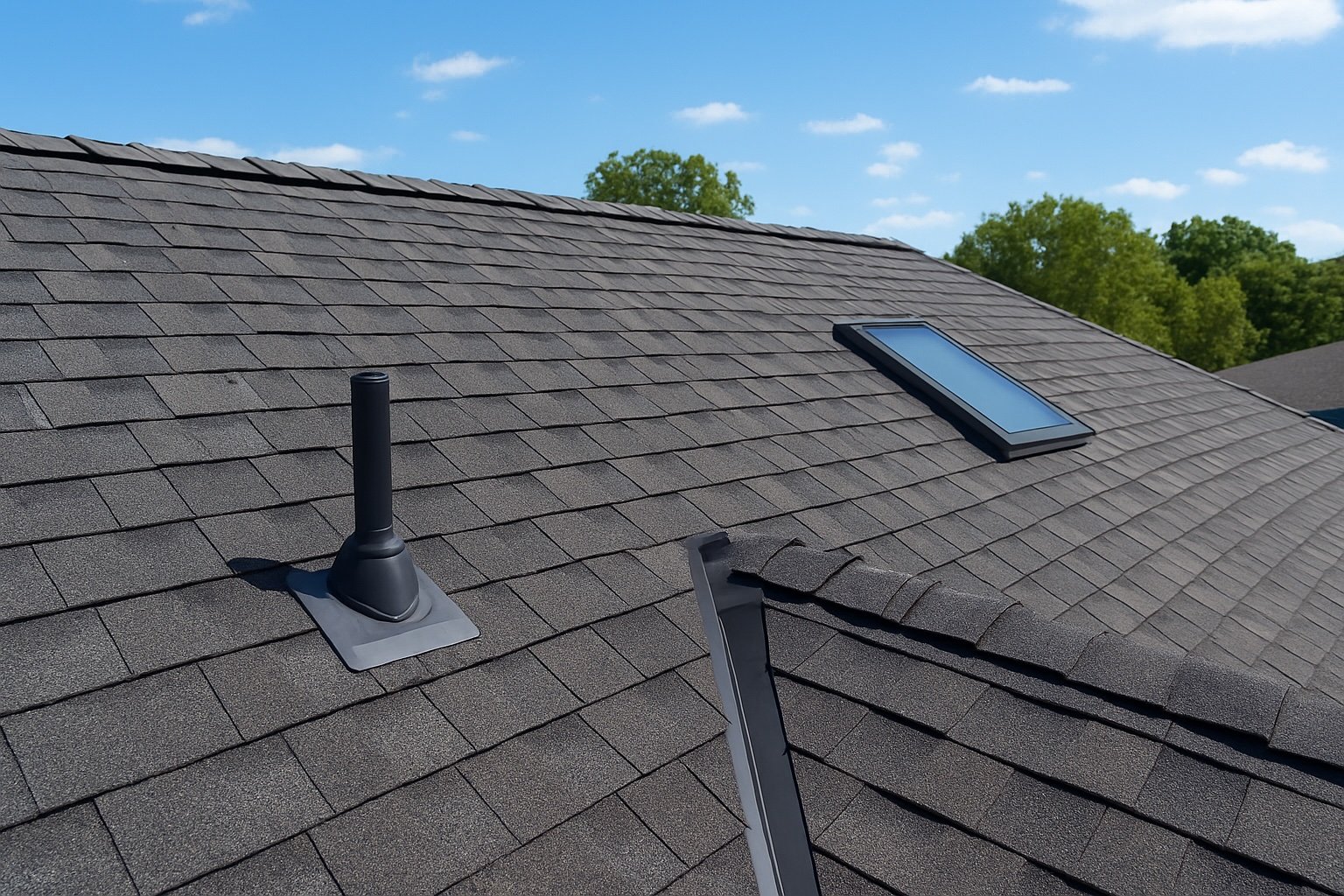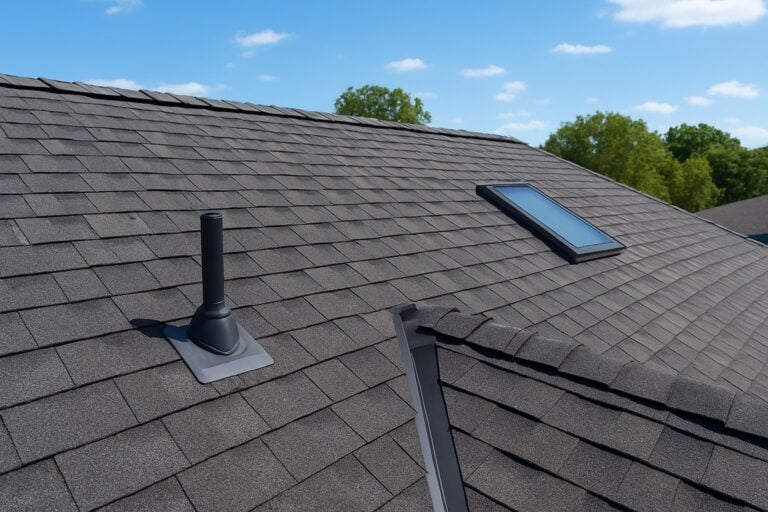A roof is more than just shingles or tiles—it is a carefully engineered system designed to protect, insulate, and preserve the integrity of your home. Every layer has a specific purpose, and when installed correctly, these elements work together to ensure long-term durability, weather resistance, and structural performance. At Steadfast Roofing in Riverview, FL, we emphasize the importance of understanding each component of a roofing system, enabling homeowners to make informed decisions that safeguard their investment.
Roof Decking: The Foundation of Strength
The roof decking, often made of plywood or oriented strand board (OSB), serves as the structural base that supports all other roofing components. This layer must be free from rot, warping, or damage before new roofing materials are applied. Strong decking ensures the roof system can withstand heavy winds, rain, and external loads without compromising stability.
Underlayment: The Hidden Protective Shield
Placed directly over the decking, underlayment serves as the waterproof barrier that provides an additional layer of protection against moisture intrusion. It comes in several forms:
- Asphalt-saturated felt: Traditional and cost-effective.
- Synthetic underlayment: Lightweight, tear-resistant, and designed for superior water resistance.
- Peel-and-stick membranes: Often used in vulnerable areas such as valleys and eaves for maximum leak protection.
The underlayment serves as the final safeguard against damage to outer roofing materials, ensuring that water does not penetrate the home’s structure.
Roofing Materials: The Visible Armor
The top layer, made up of shingles, tiles, or metal panels, is what most homeowners recognize as the roof itself. Different materials offer unique benefits:
- Asphalt shingles: Affordable, versatile, and widely used.
- Clay or concrete tiles: Extremely durable and ideal for Florida’s climate.
- Metal roofing: Energy-efficient, modern, and long-lasting.
- Slate: Premium option with exceptional lifespan and natural beauty.
Choosing the right roofing material depends on factors such as climate, budget, architectural style, and desired longevity.
Flashing: Targeted Leak Protection
Flashing is the thin sheet metal installed around roof penetrations, edges, and valleys. It directs water away from vulnerable areas where leaks are most likely to occur, including:
- Chimneys
- Skylights
- Vents and exhaust pipes
- Roof valleys
Proper flashing installation is critical to prevent costly water damage and mold growth.
Ventilation: Regulating Airflow and Moisture
An effective roofing system strikes a balance between intake and exhaust ventilation. Adequate ventilation helps to:
- Prevent moisture buildup in the attic
- Extend the lifespan of roofing materials
- Regulate indoor temperatures
- Improve overall energy efficiency
Without proper airflow, heat and condensation can accelerate deterioration, leading to premature roof failure.
Insulation: Enhancing Energy Efficiency
Insulation beneath the roof deck is often overlooked but plays a significant role in a roofing system. By minimizing heat transfer, insulation helps keep the home cooler in summer and warmer in winter. This not only reduces energy bills but also eases the burden on HVAC systems.
Gutters and Drainage: Directing Water Away
A roof is incomplete without a functional gutter and drainage system. Gutters channel rainwater away from the foundation, preventing erosion, basement flooding, and damage to landscaping. Downspouts and splash blocks should be strategically placed to ensure water flows safely away from the property.
Ridge Caps and Hip Caps: Sealing the Edges
Ridge caps are specially designed shingles or tiles placed along the roof’s peak. They provide a clean, finished look while also sealing the roof against water penetration. Hip caps serve the same purpose along angled edges, ensuring no part of the roof is left vulnerable.
Ice and Water Barriers: Defense in Vulnerable Zones
Though Florida may not experience snow, heavy rains and storms make water barriers essential. These membranes are typically installed in areas most susceptible to leaks, such as valleys, eaves, and around roof penetrations. They add another layer of assurance against water infiltration.
Skylights and Roof Windows: Beauty with Responsibility
When appropriately integrated, skylights and roof windows enhance natural light and ventilation. However, they must be installed with precision and paired with proper flashing and sealing to prevent leaks. High-quality skylight systems also improve energy efficiency through the use of insulated glazing.
The Importance of Professional Installation
Even the best materials can fail if not installed correctly. Roofing systems are complex, requiring precision and expertise to ensure that every layer—from decking to ridge caps—performs as intended. Partnering with experienced roofing professionals guarantees not only aesthetic appeal but also long-term durability.
Conclusion
A roofing system is a complex network of components that work together to protect your home. Each element, from decking and underlayment to flashing and ventilation, plays an essential role in ensuring safety, efficiency, and resilience. By understanding these elements and choosing skilled professionals for installation, homeowners can ensure their roof remains a reliable shield for decades to come.
Read one of our latest blogs: “Choosing the Right Roofing Company: Why References and Reputation Matter”.




